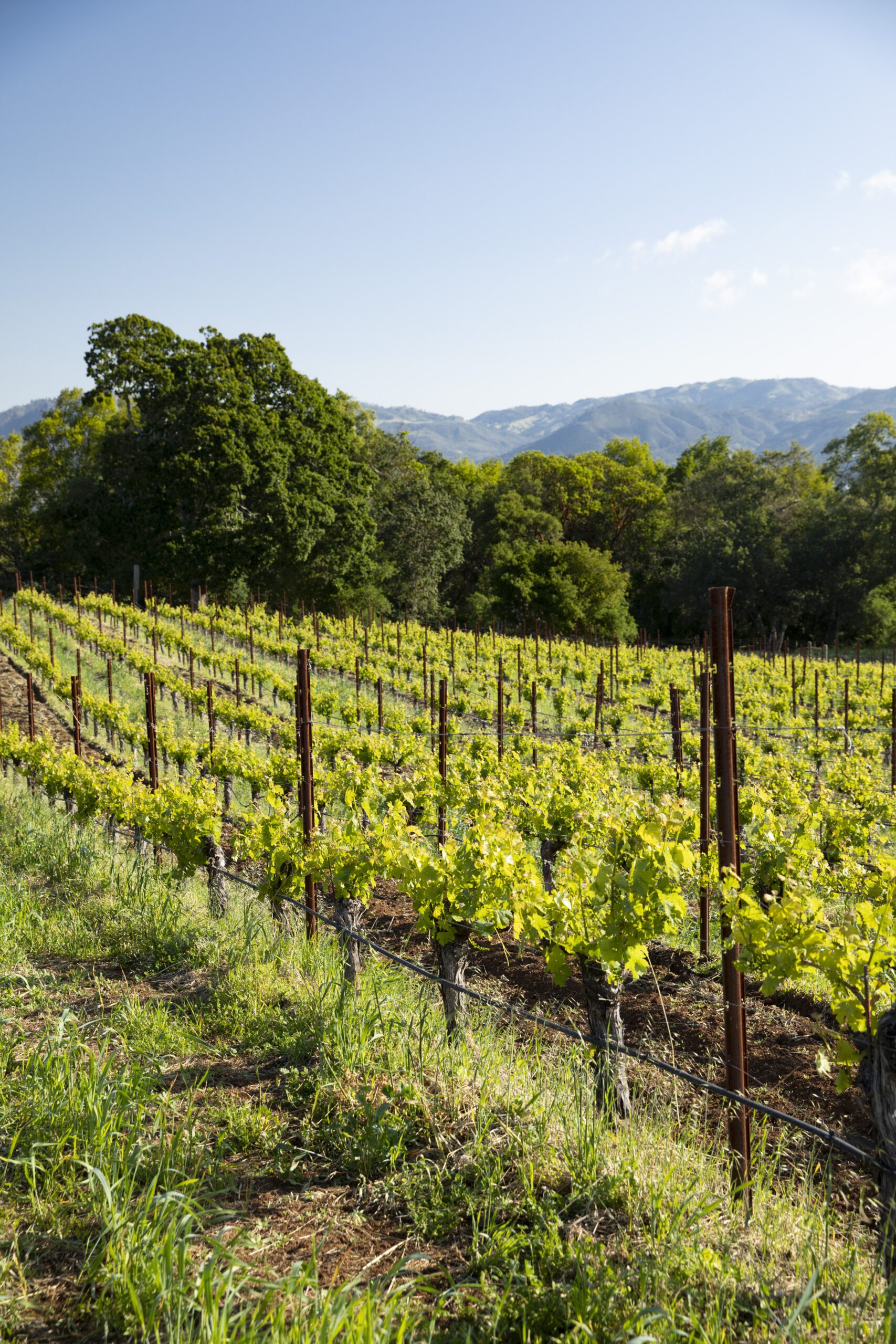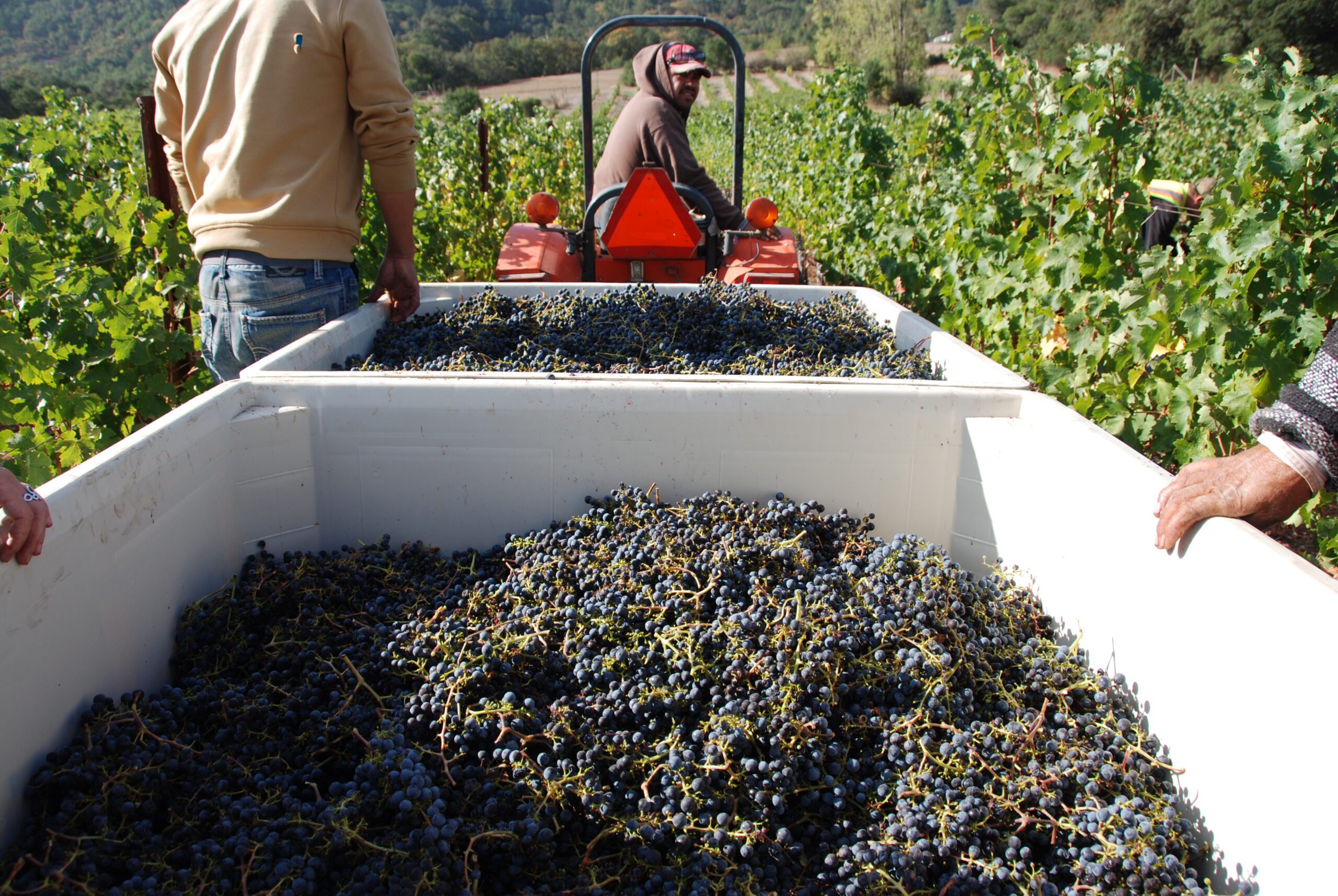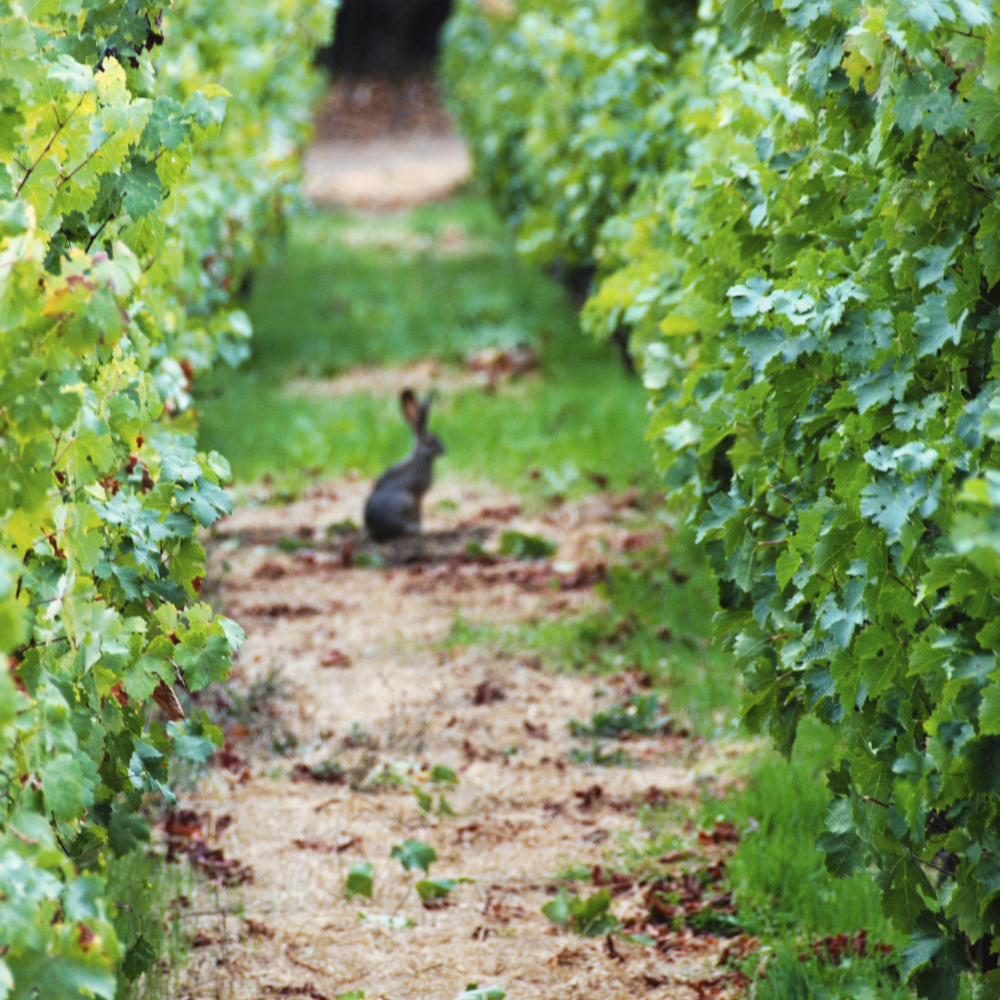Our Hillside Vineyard
The Sonoma Mountain AVA
The summit of Sonoma Mountain stands at 2,463 ft and offers expansive views of the Pacific Ocean to to the west and the Sonoma Valley to the east. Until roughly twelve million years ago, this location was part of the Pacific Ocean seabed. In the Miocene era a massive period of uplift formed the volcanically based Sonoma Mountains as well as the Mayacamas Mountains to the east. The Sonoma Mountain AVA is one of the smallest in Sonoma County at only 667 vineyard acres. The AVA, american viticultural area, extends up the eastern slopes of Sonoma Mountain to almost 1,700 feet (520 m) in elevation. Laurel Glen Vineyard ranges in elevation from 850 to 1,100 feet.
Optimal Sun Exposure
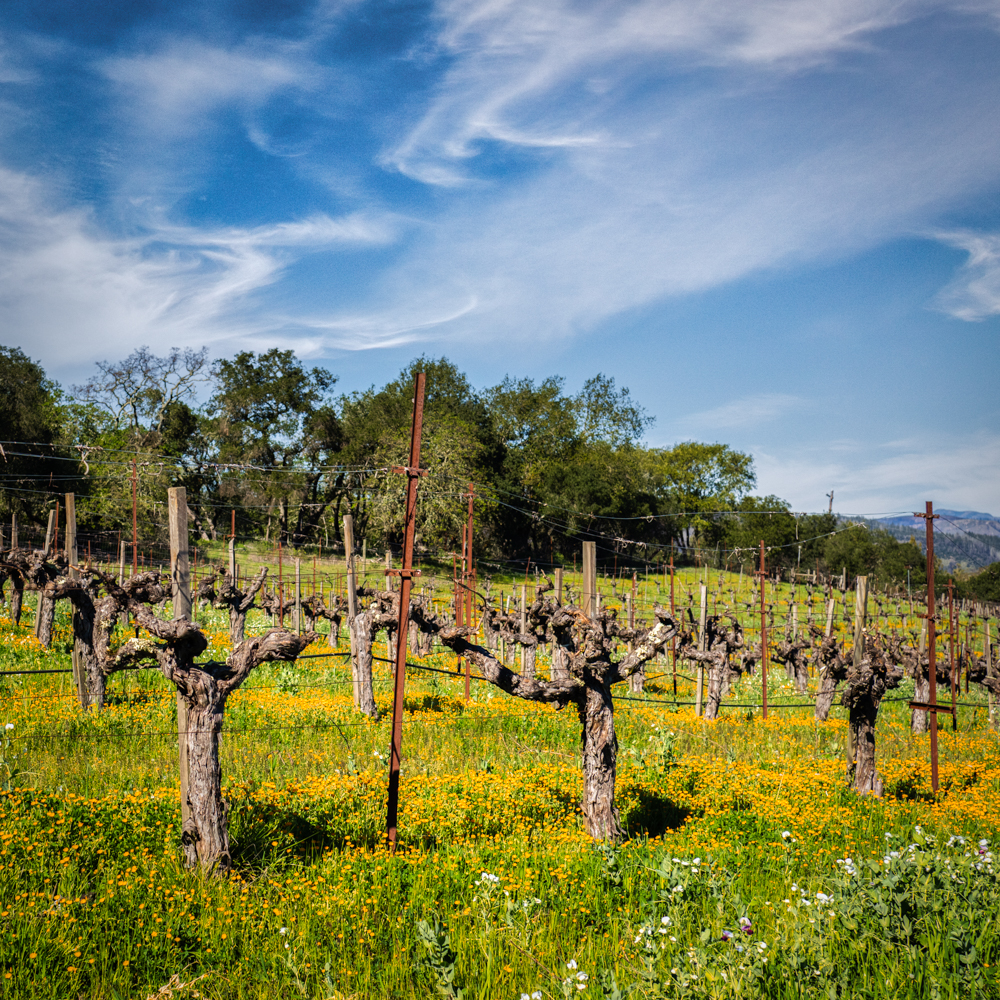
Located on an east/northeast facing plateau, the vineyard’s slope angles it toward the morning sun, allowing generous light throughout the day and reducing exposure to the withering afternoon heat that can result in sugar accumulation that outpaces ripening. This enables a long, even ripening period which gives our Cabernets their characteristic bright acidity.
Protection from Wind & Fog
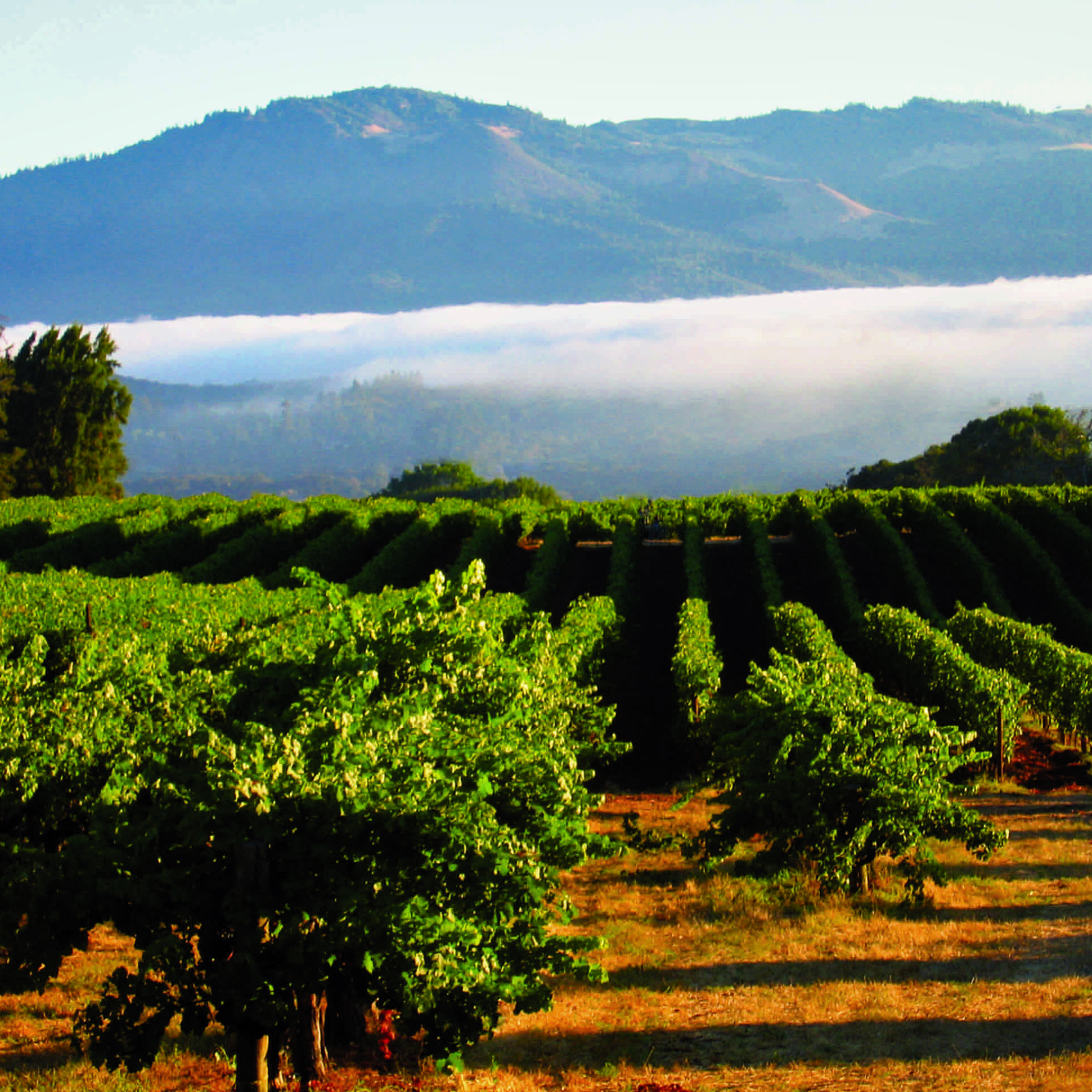
Because the vineyard sits on the east-facing slopes of Sonoma Mountain, the vines are shielded by the mountain from the coastal wind and fog that comes pouring through the Petaluma gap to the west; an extended break in the mountain range running along the California coast west of the town of Petaluma. The protection offered by the mountain allows Cabernet grapes to thrive in a cooler micro climate than many well known growing areas for Cabernet Sauvignon.
Smaller, Concentrated Fruit
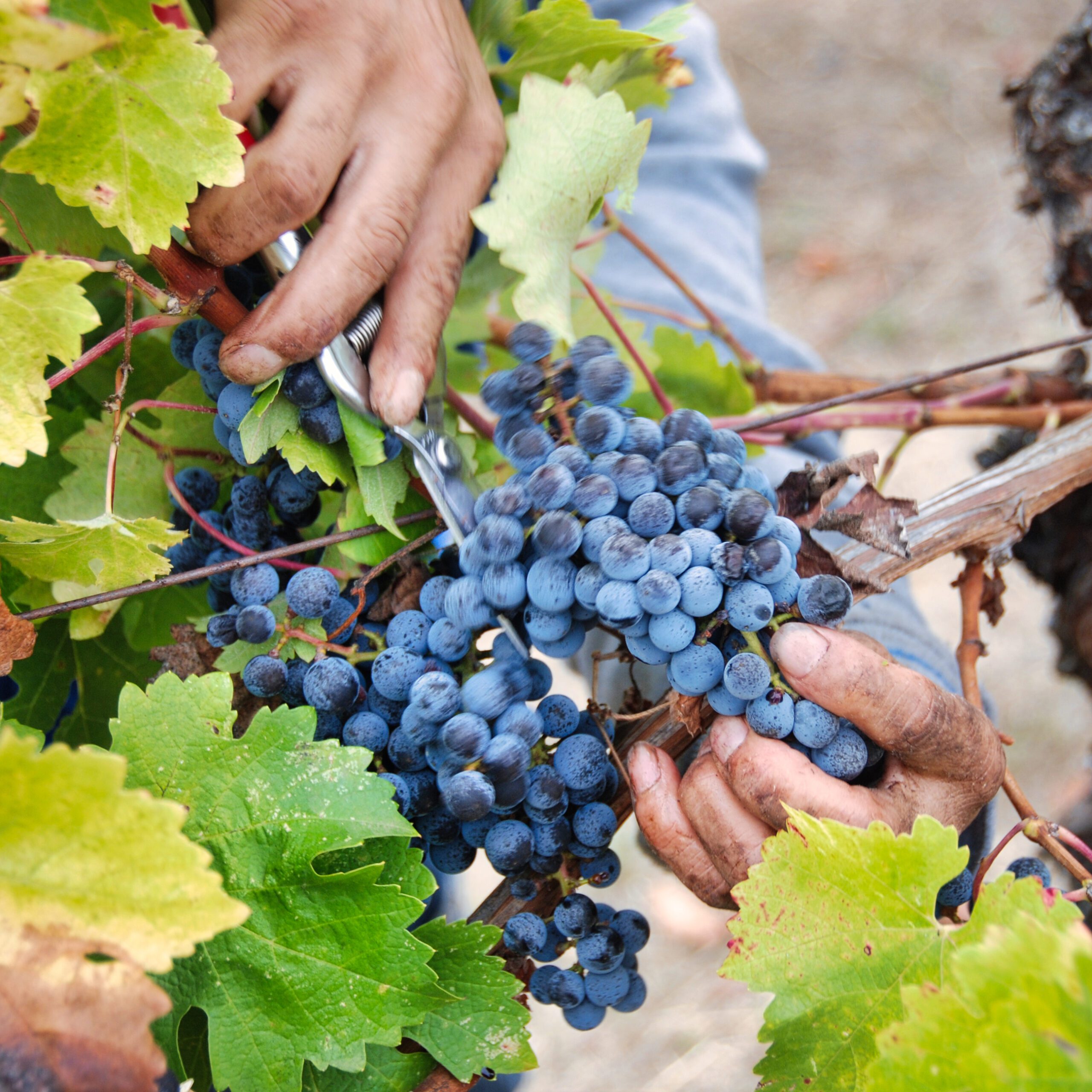
Hillside vines grow in shallower, rockier soils than their valley floor cousins. The stress of less available nutrients causes the plant to send its roots deeper to find water and other nutrients. The fruit born by our hillside vines is smaller, typically the size of a blueberry, with a higher ratio of skin to flesh. Because the skin of the grape carries all the color and most of the aroma, flavor, and tannin, it makes for more complex and layered wine.
Vineyard Management
Laurel Glen founder Patrick Campbell trained his vines into a California sprawl-type canopy, with 3-4 arms and multiple canes on each vine. This resulted in a heavy fruit load per vine that often resulted in uneven ripening. Vineyard Manager Phil Coturri, who took over management of the vineyard in 2011, has cut back the arms to two, resulting in fewer clusters per vine. The new training system, widely used in Bordeaux, is called Double Guyot. Each vine now has only two canes which are trained in opposite directions along the fruiting wires. The lower yields result in more uniform ripening and better concentration in the berries.
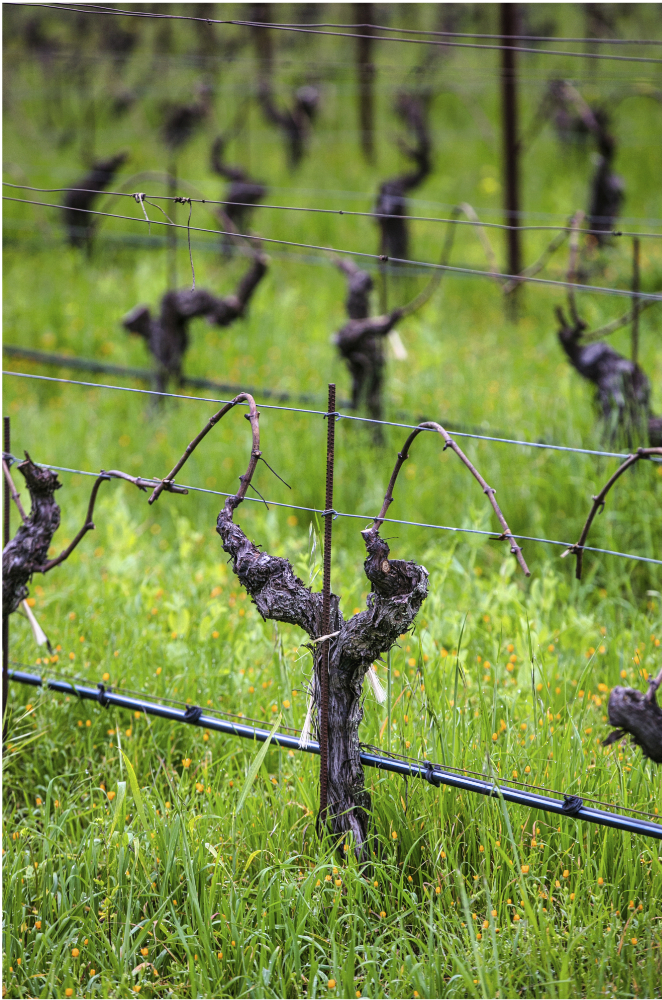


The vineyard has always been cane pruned. Coturri brought the pruning to a higher level. He shortened the canes to 8-10 buds and eliminated spur positions. This reduces short shoots and gives a more even bud push across the canes. Coturri insists upon no canes crossing over the head and, instead, leaving the head area open, so that the clusters don’t end on top of each other. The new training creates better air flow through the fruit zone and increases dappled light onto the clusters to produce better phenolics.
Coturri has also improved trellising to allow more precision in shoot positioning and again increase air flow in the canopy, reducing potential for mildew.
Since 2014, Laurel Glen Vineyard has been certified organic by CCOF. To find out more about our organic farming practices, click below

